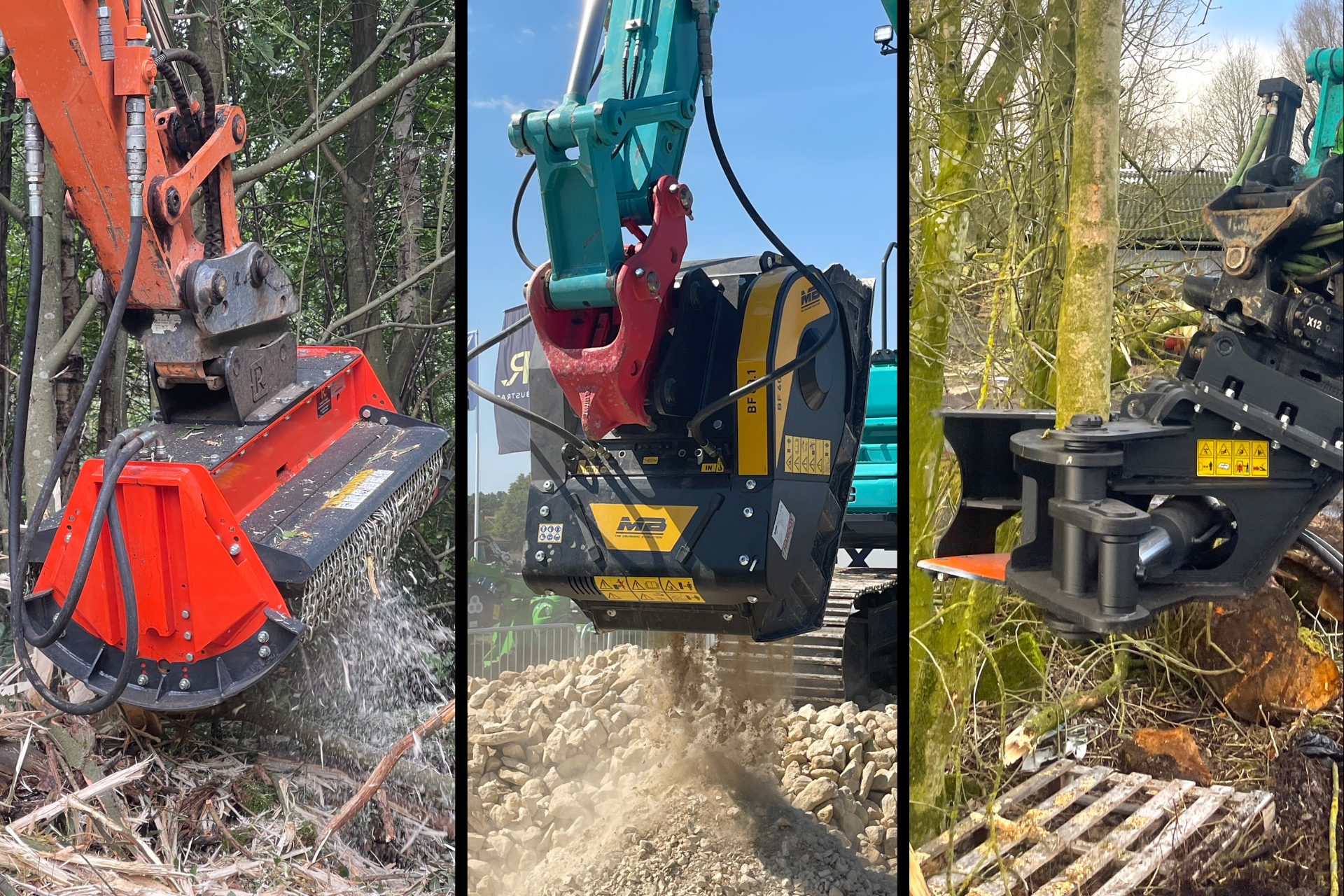People often look for a comprehensive list of attachments available for various tasks, including digging, demolition, grading, lifting, and forestry work.
A full description of the different types of excavator attachments includes a wide array of tools designed to extend the functionality of excavators, making them versatile machines capable of handling various tasks across multiple industries, including construction, demolition, forestry, mining, and landscaping.
Each attachment is engineered to perform specific tasks, transforming a standard excavator into a multi-functional piece of equipment. Here’s an overview of some common and essential excavator attachments:
1. Buckets
General Purpose Buckets: Designed for digging and loading materials like soil and sand. They are the most commonly used attachment.
Rock Buckets: Feature stronger build and teeth for breaking through hard ground and rocks.
Mud Buckets: Wider than standard buckets and without teeth, ideal for moving large volumes of water-logged soil or mud.
Skeleton Buckets: Have large spaces between the ribs to help filter out larger materials from soil or sand.
Used for demolition, breaking up concrete, asphalt, and rocks. They turn excavators into powerful jackhammers.
3. Augers
Drilling devices used for boring holes into the ground, ideal for landscaping, planting trees, building fence posts, and foundation work.
Designed to compact soil, gravel, and other materials in trenches or construction sites, ensuring stable ground for construction purposes.
5. Post Drivers
Designed to streamline the process of driving posts into the ground. These tools are essential for fencing projects, sign installations, and constructing barriers or supports.
6. Rippers
Used to break up hard soil or ice. They are particularly useful in prepping land for agricultural use or construction.
7. Grapples
Claw-like attachments used for picking up and moving large, bulky, or irregularly shaped objects like logs, debris, and rocks.
8. Pulverisers
Attachments designed to crush concrete and cut rebar for demolition and recycling purposes, making it easier to handle and transport debris.
9. Thumbs
Hydraulic or mechanical thumbs help in picking, holding, and moving materials or objects that are hard to manage with a bucket alone.
10. Tiltrotators
Allow attachments to rotate 360 degrees and tilt at various angles, greatly enhancing the excavator’s flexibility and precision in tight spaces or complex angles.
11. Tree Shears
Designed for forestry applications, these attachments can cut through large branches or trunks, facilitating tree removal or trimming.
12. Mulchers
Used for land clearing, mulchers can mow through dense vegetation, clearing land for construction or fire prevention.
13. Flail Mowers
Designed to manage vegetation by cutting overgrown hedges, shrubs, and small trees. Can be fitted with different “flails” depending on the finish required.
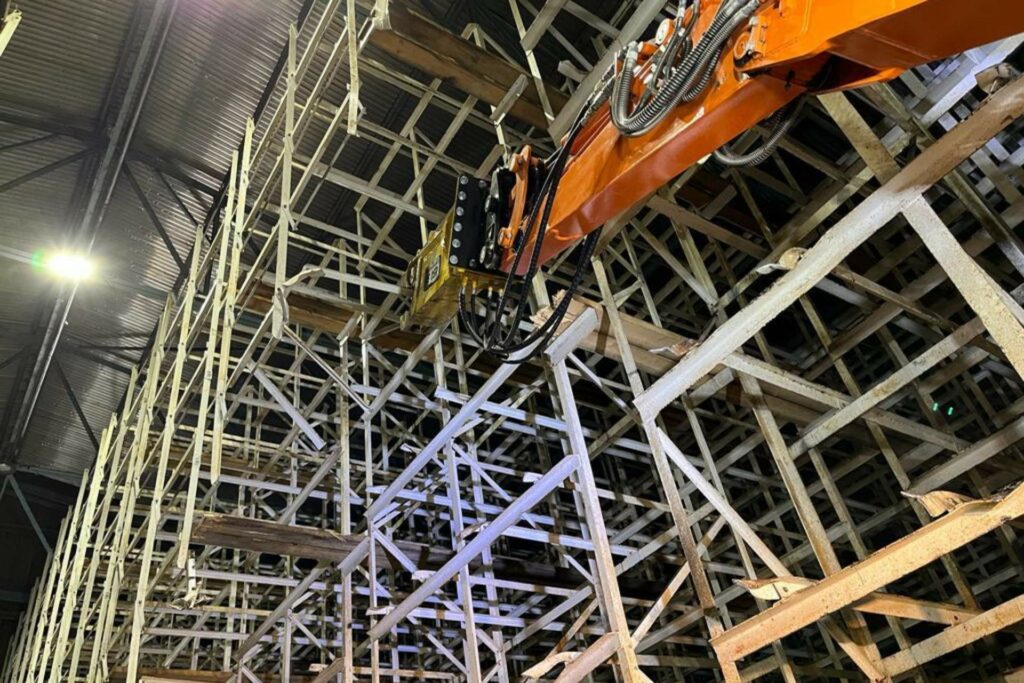
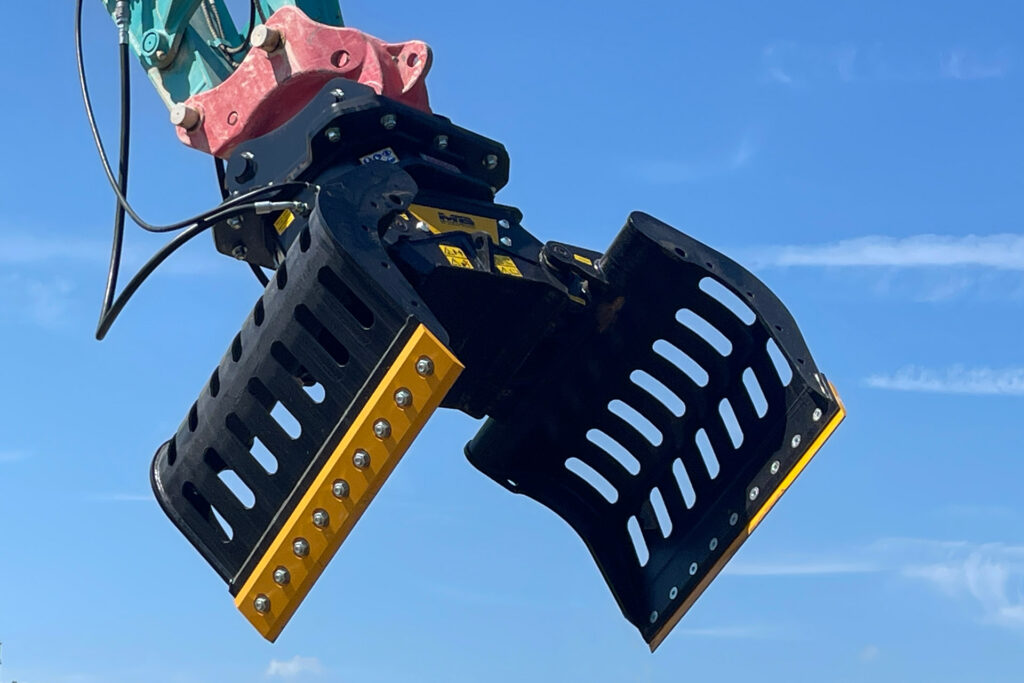
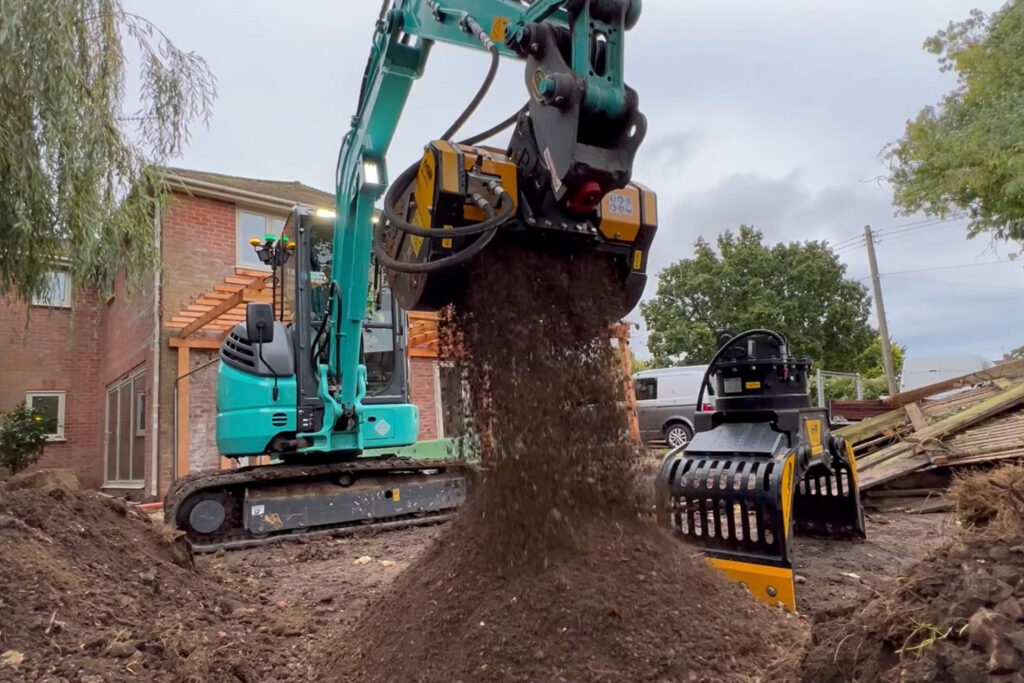
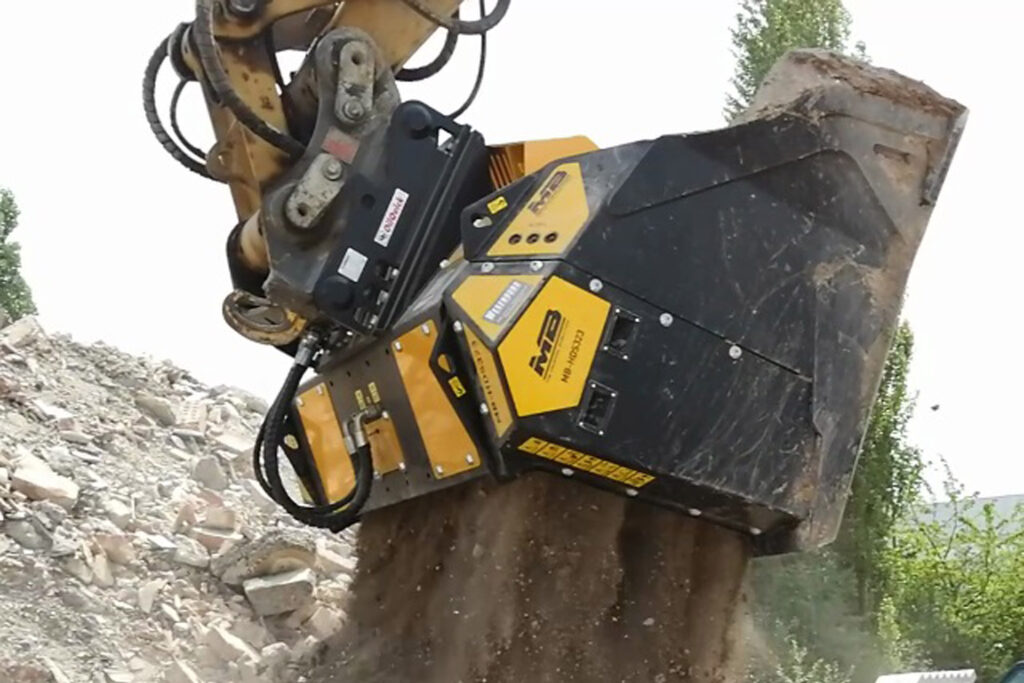
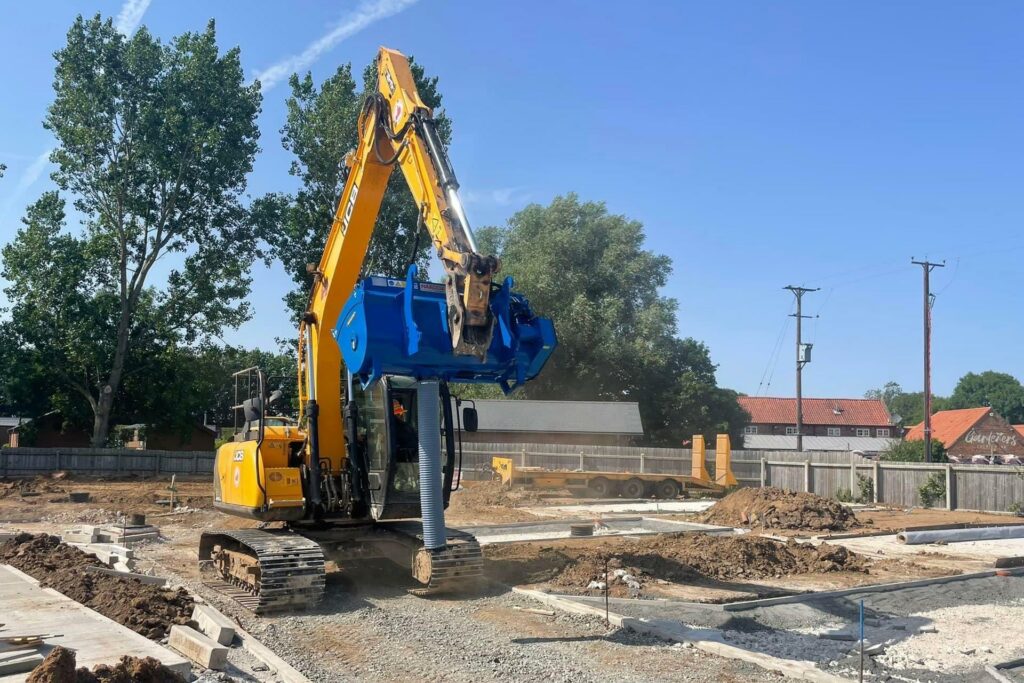
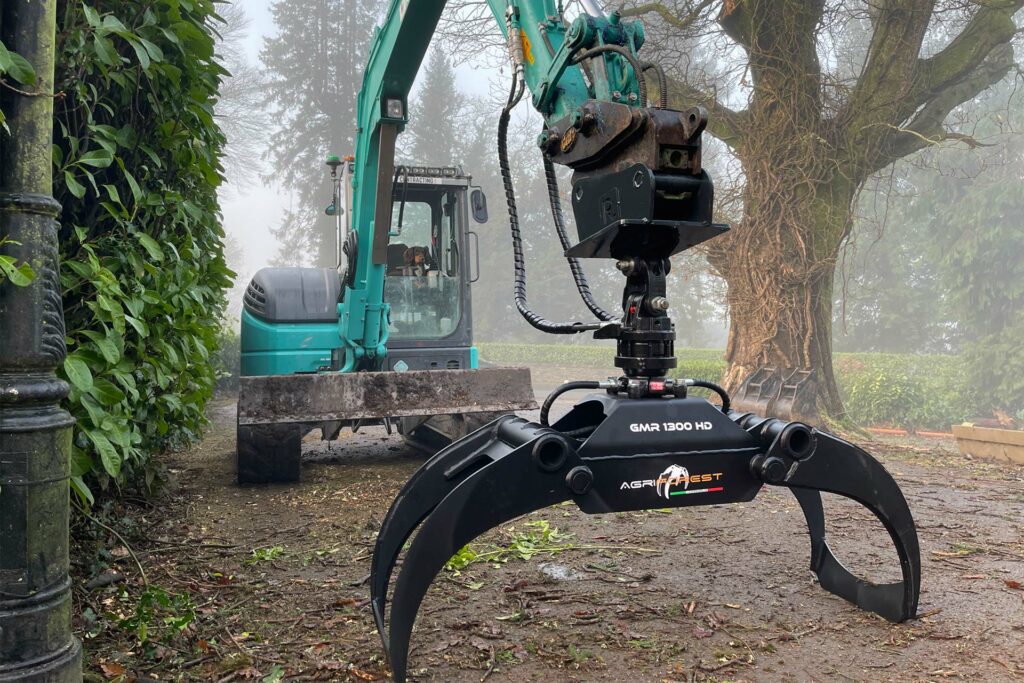
Each attachment offers unique capabilities, allowing excavators to be customized for specific tasks, enhancing productivity, and reducing the need for multiple machines on a project. The choice of attachment depends on the nature of the job, material to be handled, and the excavator’s specifications. Properly matching attachments to tasks not only maximizes efficiency but also extends the utility and value of the excavator.
